
Desert Denizen in the Midday Sun, Big Bend National Park / Rebecca Latson
Happy New Year to all of you and Happy Centennial to the National Park Service! I’m in my hotel room in Marathon, Texas, typing up this article while visiting Big Bend National Park to attend the annual Dark Skies Dinner. Of course I have brought my SLR babies with me for this Big Bend trip, but I was asked about my thoughts on using Instagram. I figured this would be as good a time as any to try it out in a national park setting. Following is a quick, short article about this smartphone application.
What is Instagram? According to the app's maker(s) : “Instagram is a fun and quirky way to share your life with friends through a series of pictures. Snap a photo with your mobile phone, then choose a filter to transform the image into a memory to keep around forever. We're building Instagram to allow you to experience moments in your friends' lives through pictures as they happen. We imagine a world more connected through photos.”
I use Instagram on occasion. I admit up front that I don’t know all the ins and outs of this app because I prefer using my SLR cameras (so this is a caveat to you out there who do regularly use Instagram). I really only use my iPhone camera for quick shots to share on my personal Facebook page or on Twitter or to send in texts or for home and car insurance purposes.
All of the photos you see in this article were taken either directly, with Instagram, or with my iPhone photo app and then imported into Instagram to edit. I did not do any “gilding” in Photoshop. These images are straight out of the phone (after Instagram edits, of course).

Mirror View of Big Bend National Park / Rebecca Latson
The image quality of Instagram, as used on my iPhone 6 Plus, looks pretty good. Except it’s a jpg that is only as large as my iPhone camera’s capacity (3 MB). If your smartphone has a higher pixel count, then your Instagram photos should have more resolution to them.
Instagram has quite a few preset filters for the user to apply to their photo to change the look of the image. In addition to those presets, there are a number of editing functions within Instagram, including saturation, brightness, contrast, shadows, structure, sharpening and vignette, to name a few. This is not in-depth, nuanced editing, but the tools are easy to apply and the results don’t look half bad.
If you only utilize Instagram, then the resulting image is a square layout unless you import into Instagram a photo that was captured with your smartphone’s built-in photo app. You’ll be able to tell my iPhone image from the Instagram images based upon their respective formats.
Instagram wants you to share your photo. If you don’t click the “share” button after editing your photo, that finished product may not be readily available in your smartphone's photo album (ok, if the edited photo was available to me, then I couldn’t immediately find it). To get the photo to your computer in order to save it on a hard drive or USB device, you need to click the “Direct” button (rather than the “Share to Followers” button). I did that and was then able to find the image in my smartphone’s photo album. Again, though, this novice could just have missed something and the edited photo might already have been there in the photo album.
If you want to watermark your smartphone images, you can apply one of a number of watermark apps available either for free or for a small price. However, I haven’t quite figured out, yet, how to apply it directly to an Instagram image (or even if I can). It is, on the other hand, easy to apply a watermark to an image in my smartphone’s photo album which I can then import into Instagram.
I admit up front to sounding a bit disdainful. I never ever said I was unbiased. When choosing between either Instagram or my iPhone’s photo app versus my SLR camera images, I’m biased.
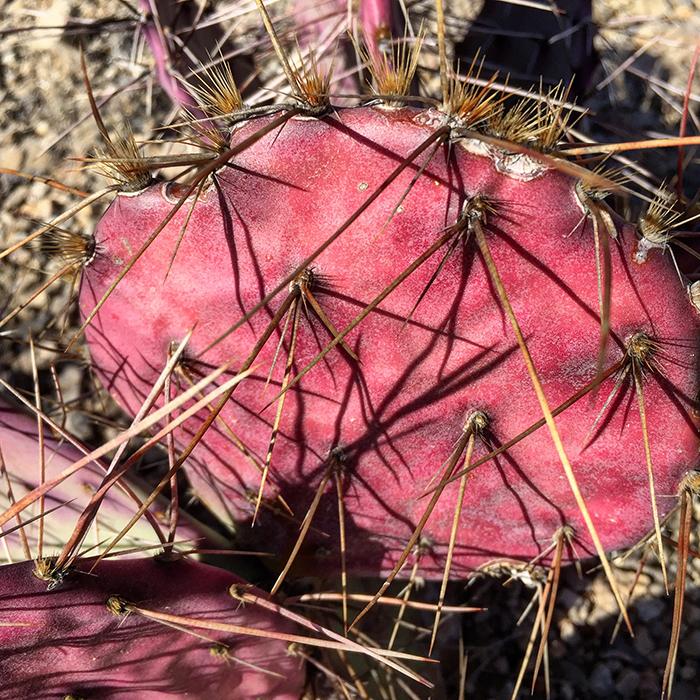
Purple Prickly Pear Needles, Big Bend National Park / Rebecca Latson
That being said, almost everybody owns a smartphone:
- If you don’t want to fool with using a camera (point & shoot or SLR) and don’t want to bother with much editing, then this is the way to go.
- If all you want to do is snap on your smartphone a national park image for a little bit of editing, then text or email with your friends and family, post on Facebook, Twitter, or some other social media app, or to casually show off to others at the office after you’ve returned to work from a national park vacation, then this is the way to go.
- If you don’t mind that the photo is a jpg and of limited size (depending upon your smartphone), then this is the way to go.
- If you aren’t worried about watermarking or getting your smartphone photo onto a computer for later editing, then this is the way to go.
In a nutshell, for some national park travelers, Instagram is a viable option for your national park images, as long as you know the caveats.
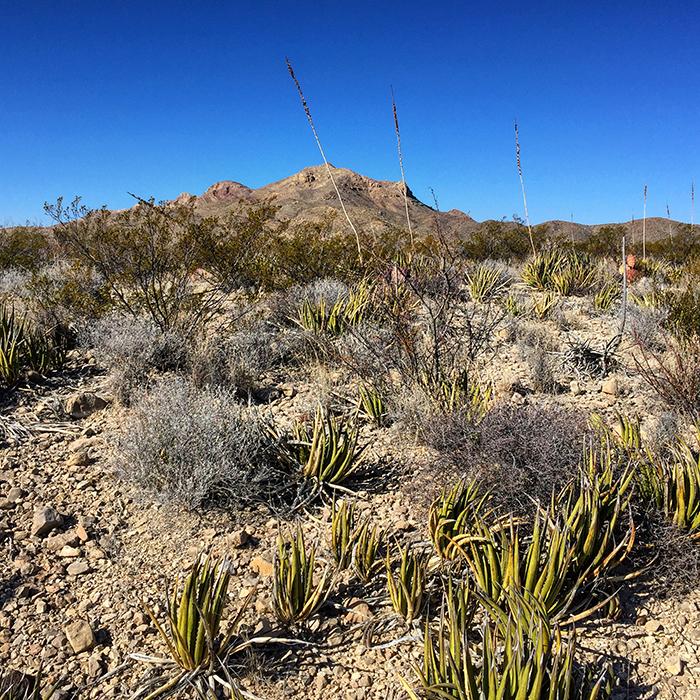
Chisos Mountains Vista, Big Bend National Park / Rebecca Latson

Eagle Claw Cactus, Big Bend National Park / Rebecca Latson

Wide Open Spaces at the Fossil Exhibit, Big Bend National Park / Rebecca Latson
Happy Instagramming!
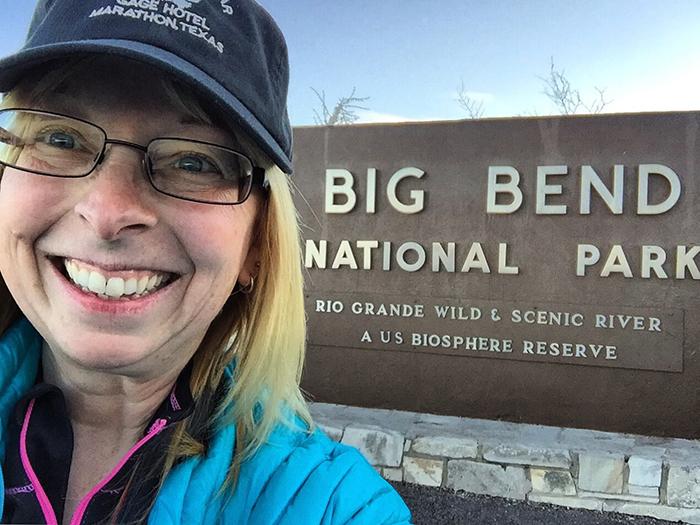
Becky at Big Bend National Park / Rebecca Latson

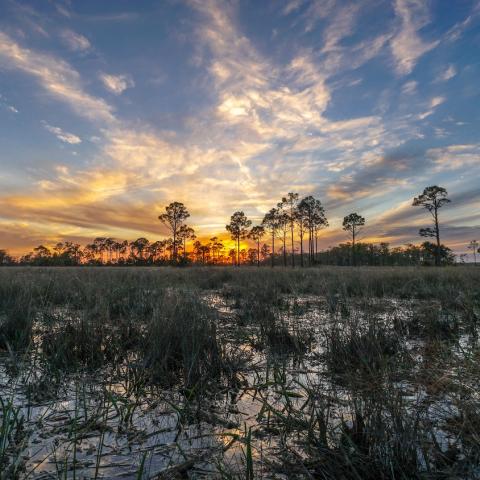

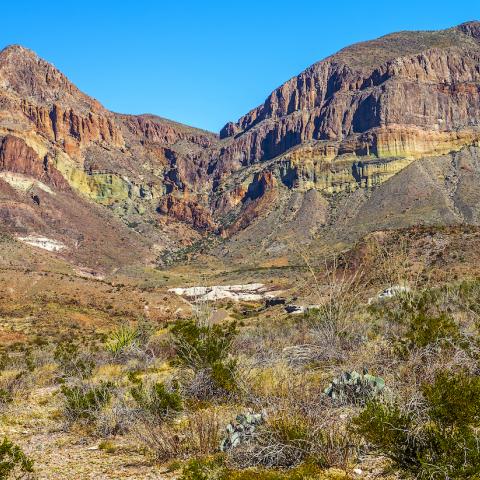
 Support Essential Coverage of Essential Places
Support Essential Coverage of Essential Places







Comments
Hi Rebecca, I always enjoy your articles. It is interesting to me how Instagram has grown from the "fun and quirky way to share your life with friends" to have quite a few other uses. Now I find a number of professional photographers posting gorgeous nature images, and most, maybe all the national parks have accounts, as does the BLM (an awesome account for its photography) and even the National Parks Traveler. I do post a few images taken with my iPhone, but mostly I post images taken with my SLR, edited on the computer, emailed to my phone, and then posted thru Instagram by drawing on the images that are now in the library in my phone. A bit circuitous, and I don't know how others do it. But some of the stunning wildlife photography I have seen on Instagram was certainly not taken on cell phones. It is fascinating the way all these uses of social media continue to evolve.